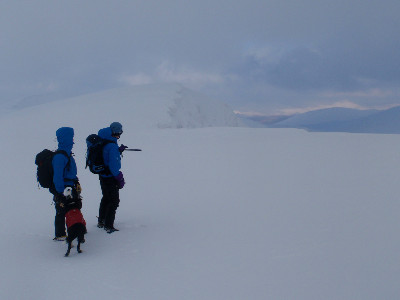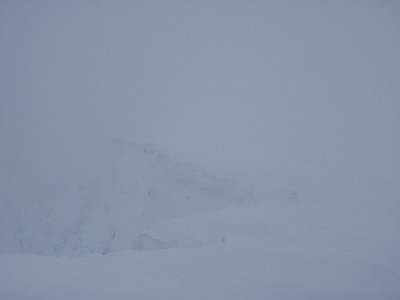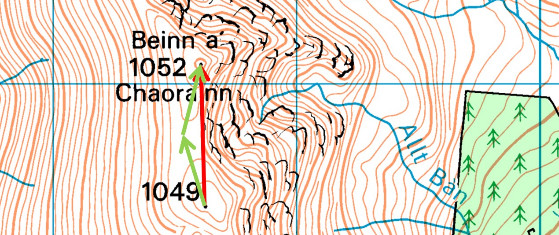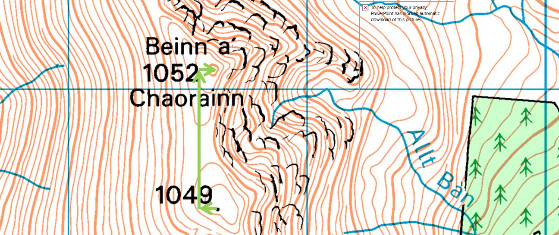Heather Morning discusses the dangers of cornices in Sotland's winter mountains

Beauty or beast? Well cornices might just be both – but if you are heading into the mountains this winter you ignore them at your peril.
So what are they and why should we be wary of them?
Cornices are overhanging masses of hard snow which build up on the leeward side of mountains on the edge of corries or ridge lines. They can grow several metres out from the edge of the mountain as the winter season progresses, moulding and folding into breathtakingly beautiful shapes. What is important to understand is that all they are is snow, not solid ground, and if approached by the unwary they may just collapse, sometimes several meters away from the obvious edge.
In good visibility the ‘Cornice Beauty’ can add to your day, providing a stunning backdrop for mountain photographers. But the ‘Cornice Beast’ is a life-threating hazard for the unwary. Sadly, last winter there were five fatalities as a result of people walking over corniced edges in the Scottish mountains.
So how do we avoid the ‘Cornice Beast’?
Firstly, assume their presence. If you are heading out into the Scottish hills and there is snow on the ground then there will be cornices present.
Check the weather forecasts on the days leading up to your adventure. Which direction has the wind been coming from? So where will the cornices have formed? For example, if the wind has been prevailing from the west or south-west, which is common in Scotland, you can anticipate that cornices will have formed on the north through east-facing corries and ridge edges.
Is the visibility forecast to be poor for your intended day in the mountains? If the answer is yes, then are your navigation skills up to coping with a ‘white-out’ near a corniced edge? If the answer is no, why not plan a lower route and save the high tops for another day?
If you are confident in walking on a compass bearing in poor visibility, then plan ahead, think about your intended route. Take lines which take you away from edges, do not handrail as would be the norm in summer conditions. If faced with navigating near a corniced edge in ‘white-out’, then ‘box away’, ‘dog-leg’ or ‘aim-off’, to give you a safer margin.
So easy to say, but how easy is it to do?

Let’s look at the example of the summit plateau of Beinn a Chaorainn, the Munro west of Craig Meagaidh. Beinn a Chaorainn sadly, has a long history of people walking/skiing over the corniced edge. Draw a line (in red on the diagram) directly from the south summit (1049m) to the main Munro summit (10552m) and it’s easy to see why. The direct line just clips a contour on the edge of the plateau. Take a look at the photo to see what this looks like in reality in poor visibility!
So erring on the side of caution in poor visibility is always advised. In the example here the green arrows indicate ‘dog-legging’ away from the dangerous corniced edge.


Another approach is to ‘box away’. First take a bearing directly between the south and the main summit (let’s call that the main bearing). Then subtract 90 degrees from the main bearing and pace 100m. Readjust your compass back to the main bearing and pace the required distance (between 2 summits). Then add 90 degrees to the main bearing and pace 100m to the summit. Approach the last few meters with extreme caution in case the summit cairn is not visible.
Clearly, solid navigation skills are required to execute either the ‘dog-leg’ or ‘boxing away’. Accurately taking a bearing off the map, accurately following the bearing with no point of reference ahead and then accurately pacing/timing/reading the ground to judge your distance. All this sounds terrifying? Then check out the following links for further information and training opportunities.